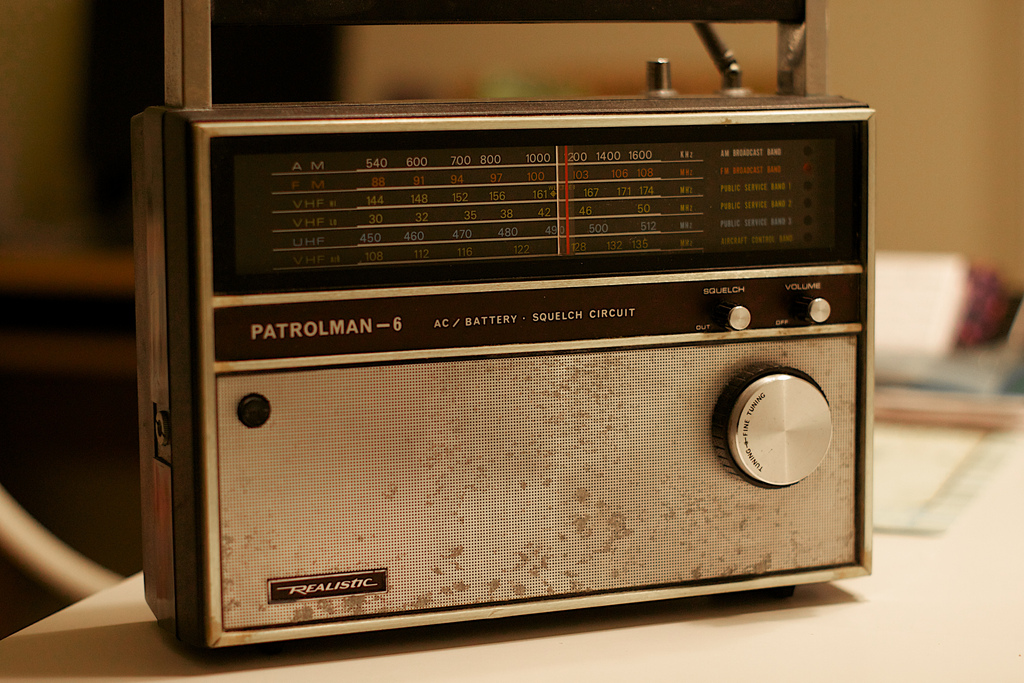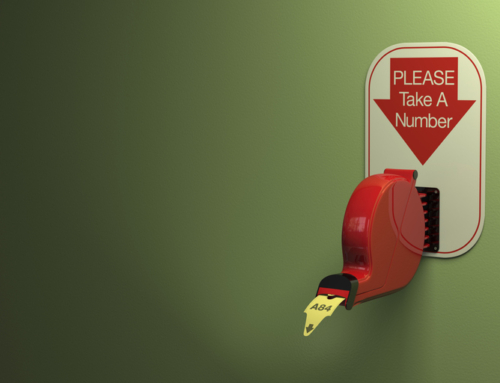Last week, my blog article attempted to paint a picture of what video advertising will be like in 2020, based on the current trends in the live TV and streaming market. As I was thinking about my topic for this week, and listening to my favorite playlist on Spotify, it occurred to me: the parallels between what is happening (and what has already happened) with television and radio are remarkable.
When I talk with clients about marketing channel strategy, or give presentations at conferences, and mention advertising a bank or credit union on radio, I’m often met with the same deer-in-headlights reaction. Quickly followed by “Radio? Are you sure?” And I promise you: I am totally sure.
Radio isn’t dead. And if you haven’t waded into the waters of advertising on radio, now is the time to join in.
Radio remains one of the most powerful advertising tools in today’s media landscape. Not only in terms of reach, but also in terms of targeting and flexibility when considering how technology has improved the experience. Radio today – between traditional terrestrial radio, streaming radio and internet-based radio – provides a huge number of possibilities for community financial institutions to communicate with the right audience.
Here’s MarketMatch’s breakdown of the pros and cons of using the different radio platforms to advertise your bank or credit union:
- Traditional Terrestrial Radio (local AM/FM radio)
- Pros: The reach for ad placement is great! Plus, you’ll be targeting a highly local, relevant market, with your brand. Demographics traditionally skew older for this platform. Also, you may be able to have local talent record your ads for recognition.
- Cons: Your message has to be very one-size-fits-all to have the most effectiveness, since the most targeting you’ll be able to do will be genre and time of day for placement.
- Streaming Radio (local station apps, iHeartMedia, etc.)
- Pros: Better targeting is available due to app information and geographic placement. You also have a much more captive audience since people listening to radio via streaming are more likely to be paying attention to content and not have it on “in the background.”
- Cons: There is still limited targeting around streaming. iHeartMedia, for one, focuses more on genre rather than individual demographics.
- Internet Based Radio (Spotify, Pandora, etc.)
- Pros: Targeting is the best of any of the platforms. Recording of your ad spots is usually included in the package price. Ad packages normally also come with the ability to place graphic ad banners, encouraging engagement.
- Cons: Internet radio doesn’t have the reach of the overall market that traditional or streaming radio does. (Pandora ~15%, Spotify ~5% as of 2015) Market can be limited, as these platforms definitely skew to a younger audience. Also, Internet radio advertising can be expensive due to the value of targeting and interaction.
You may notice a platform missing off of this list and asking why. And that something is satellite radio. The easy answer to that question is that we don’t consider satellite radio at MarketMatch. Satellite is great at providing national exposure for your brand. Normally, this isn’t something that community financials strive toward.
So. Have I convinced you yet?
Radio, for sure, is not dead. It’s not even dying. It’s actually becoming better, and a channel that community financials need to be taking advantage of in a large way to better compete.




